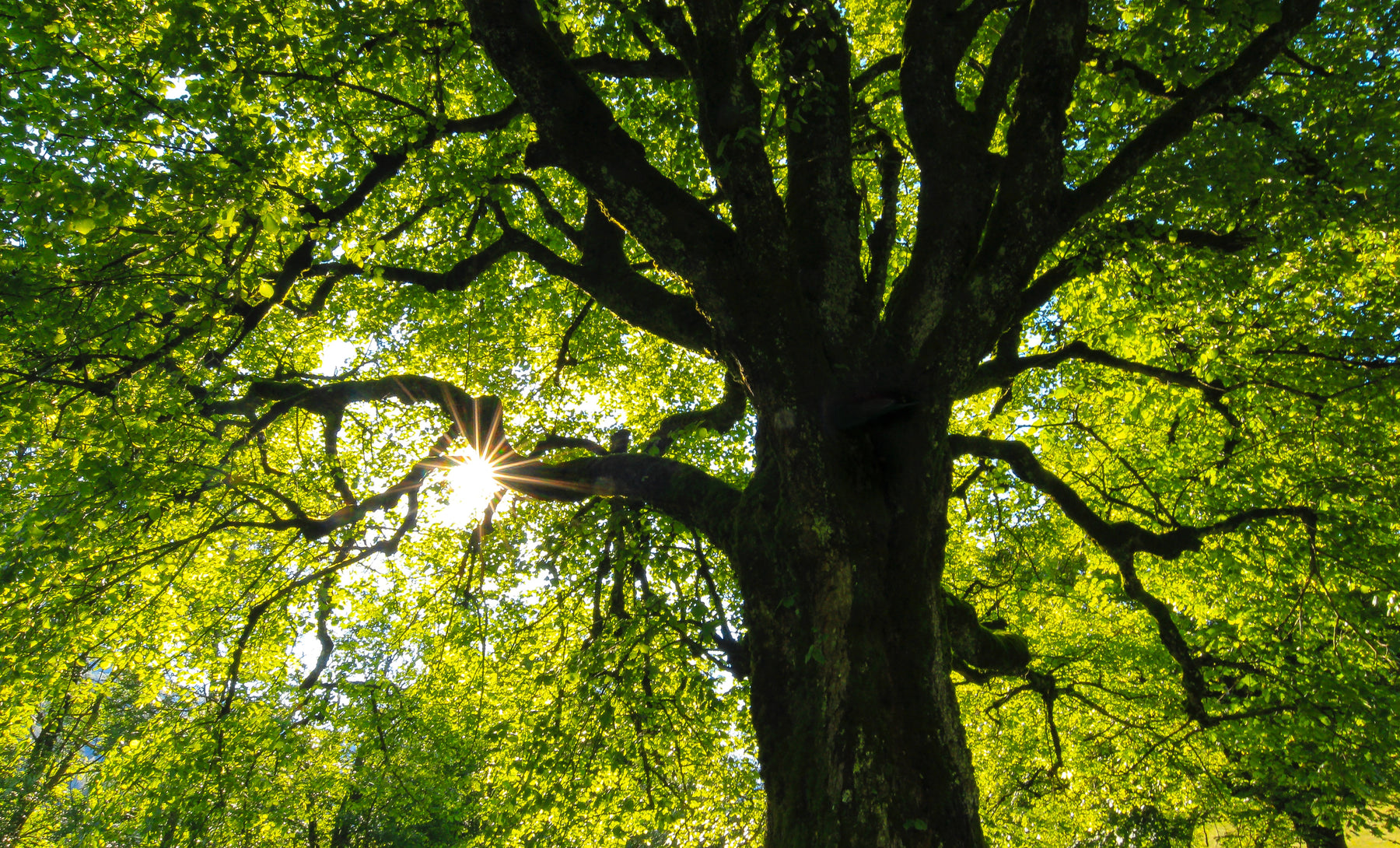
Wood Veneer Identification
Wood veneer is made from a huge range of tree species and if you want to buy panels that are an exact match for wooden furniture in your home, you’ll need to be able to identify the wood type. While it may seem like a difficult task, each wood species has its own distinct characteristics that will tell you everything you need to know. Here we go into more detail about wood veneer identification and what to look out for.
How to check if it is wood veneer
Before you identify whether the item is a veneer, there are a few key areas you can check that will reveal the true nature of the material:
Grain colour
If the colour at the top perfectly matches the bottom, then it is more likely solid wood. Where there is a noticeable colour difference in most cases a veneer has been glued to a solid substrate that is sitting underneath. Whether it’s natural wood or stained, when left outside exposed to the elements for a period of time the wood will turn a bland grey colour, which is referred to as being weathered.
Repeating patterns

If a large panel has a repeating grain pattern then it is safe to assume the item is a veneer. This is because in some cases, once the sliced sheets have been produced a process called ‘matching’ occurs where layers of veneer are placed together to produce an identical finish. There are a number of matching techniques that can be used so the pattern may not always repeat itself completely, but in most cases there is an identifiable pattern that runs throughout the veneer.
Painted or printed
On economy furniture in particular, manufacturers sometimes paint or print the MDF or plastic board to make it look like real wood. Interior hardwood flooring planks are a good example of this, as some look like the real thing while actually being made of resin, sawdust, glue and plastic. With veneers you can see the real wood has been attached to an MDF or particle board substrate simply by looking at the side of the product.
How do I know what wood veneer I have?
To understand the type of wood you have, there are certain individual features you can look out for that will help to identify the species.
Here are some hardwood and softwood species frequently used for wood furniture and how to tell them apart:
Hardwoods

Oak is a hard, heavy and very strong wood that has a rough texture while also being porous. The oak pattern is usually quite unique, for example, white oak can have flecks or yellow rays, or sometimes even a tiger stripe grain.
This is a good choice for outdoor furniture due to its strong moisture resistance. You should be able to spot dark lines set against a pinkish background colour, while the texture is smooth with uniform pores and interlocking grain.
Most maple veneers will have a tight, straight grain and due to the small pores, the texture is very smooth, which makes it easier to identify. In terms of appearance, maple has a reddish coat with wavy grain patterns in the wood.
Cherry wood is never uniform, which adds to its uniqueness, and you should see black flecks throughout that are known as ‘pitch pockets’ or ‘gum pockets’. These appear in areas where sap used to be and are naturally occurring mineral deposits.
The chocolate brown colouring is usually the thing that reveals the wood is walnut, although all-natural varieties can also be darker with purple spots or streaks of green. The growth rings and knots also stand out as they are distinct in colour compared to its sapwood and heartwood.
Softwoods
Cedar’s natural odour makes it quite distinctive and is sometimes used as a natural insect repellent. The colour is light and ranges from yellow to reddish, while the surface is smooth, and if left outside untreated cedar will turn grey.

One of the most popular softwood species used in economy furniture, pine has a distinct light brown colour with occasional reddish undertones. You’ll see dark brown knots and streaks in some veneer, while most pine has hardly any wood grain. The light and dark parts of the growth rings also stand out from each other.
Like pine, spruce is light in colour, ranging from white to yellow, although sometimes you might see a pink undertone. It has a smooth texture due to the small pores, and is quite tough, due to the wood being stiff and heavy.
These species have a deep red tone and usually have very few, if any, knots or imperfections. The grain is fine, and the wood is incredibly smooth to the touch, and if exposed to the weather for long periods and left untreated, it can turn silver/grey in colour.
Hemlock has a light uniform colour, and the texture is quite coarse due to the large pores. It’s a much harder wood compared to pine and when sanded down to bare wood you can quite easily distinguish the species.
